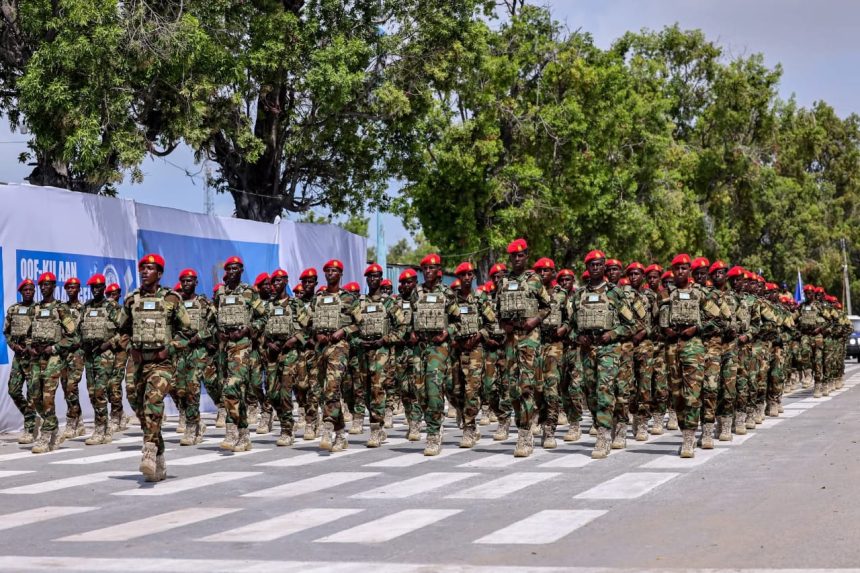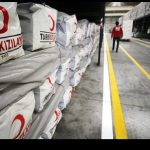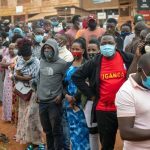“Criticise what is failing, but also report what is succeeding. Otherwise, it is not a journalism, it is a narrative warfare.” Somali Ministry of Defence official
Over the past three weeks, three influential international outlets — The Economist, The Telegraph and Al Jazeera — have painted a stark, almost apocalyptic picture of Somalia. They speak of a “state-building project in tatters”, a capital “gripped by fears of militant takeover” and a government “losing control” to Al-Shabaab.
These portrayals, amplified in headlines and dramatic footage, are at odds with the facts on the ground. According to Somalia’s Ministry of Defence (MoD), they not only distort reality but risk handing propaganda victories to the very extremists the country is fighting.
When Headlines Tell Half the Story
The most glaring example comes from Al Jazeera’s Project Force video, which alleges that Balcad, a strategic town north of Mogadishu has fallen to Al-Shabaab. In truth, Balcad remains under firm control of Somali National Armed Forces (SNAF) and Burundi National Defence Forces (BNDF), with peaceful district elections held in June.
The Telegraph and The Economist suggest militants are operating on Mogadishu’s doorstep, conjuring images of an encircled city. The reality: Al-Shabaab’s current tactics are asymmetric roadside bombs, targeted assassinations not territorial sieges.
Omissions also distort perception. The Bariire offensive earlier this month, in which over 120 militants were killed and a major transit route reopened, barely registered in these reports. Nor did the repulsion of a July 25 attack on Sabiid, where Somali and AU forces killed 18 insurgents in a counteroperation the same day.
“If the world only hears the first shot and not the last, it’s a false picture.” – SNAF officer said.
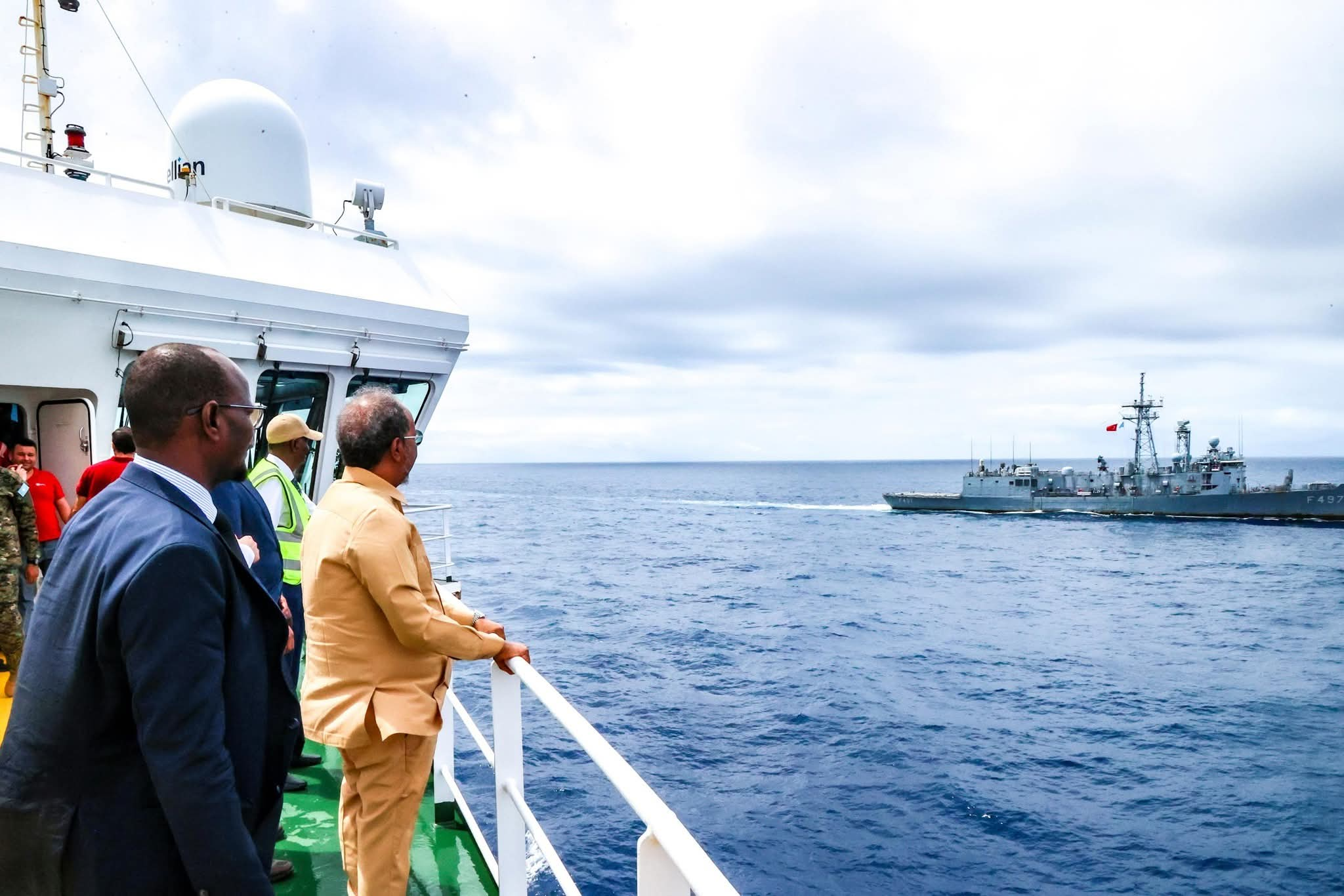
Security Gains That Go Unreported
Somalia’s war against Al-Shabaab is a protracted counterinsurgency — fluid, unpredictable, but not without momentum. Recent years have seen Somali forces retake large tracts of countryside, empower district administrations, and disrupt insurgent revenue streams.
Elite units like DANAB and Gorgor have become pivotal. Their operations have surgically targeted senior Al-Shabaab commanders, disrupted logistics hubs, and reduced the group’s ability to coordinate large-scale assaults.
In the north, Puntland forces have waged an unrelenting campaign against ISIS cells in Bari and Puntland mountains, dismantling hideouts and arresting key figures. Local communities have mobilised alongside them, demonstrating a growing popular rejection of extremist ideology.
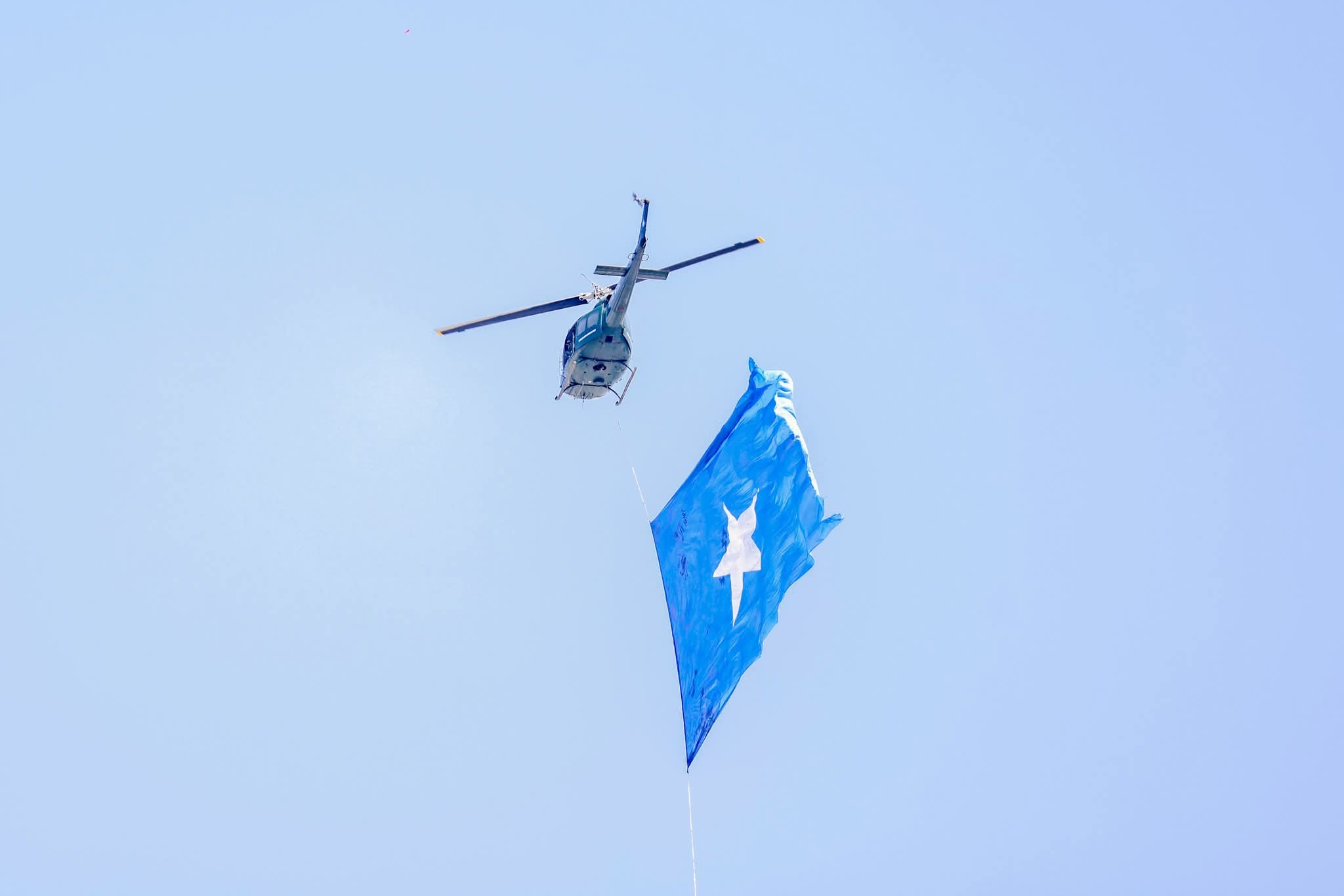
Economic and Social Momentum
While the international narrative has been dominated by conflict, Somalia’s domestic reality includes pockets of rapid economic and social development:
- Transport: On 29 June 2025, Somalia laid the foundation stone for a new Mogadishu International Airport, set to create up to 10,000 jobs and become a regional air hub.
- National Pride Restored: The government has announced the relaunch of Somali Airlines, the iconic national carrier grounded since the civil war. The revival aims to restore direct international routes, create aviation jobs, and boost tourism.
- Agriculture: The Beder Camel Farm near Mogadishu has doubled milk yields and launched Somalia’s first camel milk yogurt factory, employing over 200 workers.
- Renewable Energy: Start-ups in Baidoa and Kismayo are installing solar mini-grids, bringing affordable electricity to rural villages and creating dozens of technical jobs.
- Tech and Innovation: Mogadishu’s iRise Hub has incubated over 40 start-ups in the past two years, from e-commerce platforms to logistics apps, employing hundreds of young developers.
- Construction: Major road upgrades between Jowhar and Mogadishu have halved travel time, boosting trade and attracting logistics firms.
| Claim in Media | Verified Fact |
| “Balcad has fallen to Al-Shabaab” | Balcad remains under SNAF/BNDF control; elections held June 2025. |
| “Militants encircling Mogadishu” | No evidence of territorial siege; insurgents use asymmetric tactics. |
| “Sabiid lost to insurgents” | Attack repelled same day; 18 militants killed. |
| “Government losing control nationwide” | Territory reclaimed, local governance expanded, insurgent leadership targeted. |
| “Somalia’s economy in freefall” | 4% GDP growth in 2024; debt-to-GDP down to 6.4%; multi-million-dollar infrastructure investments underway. |
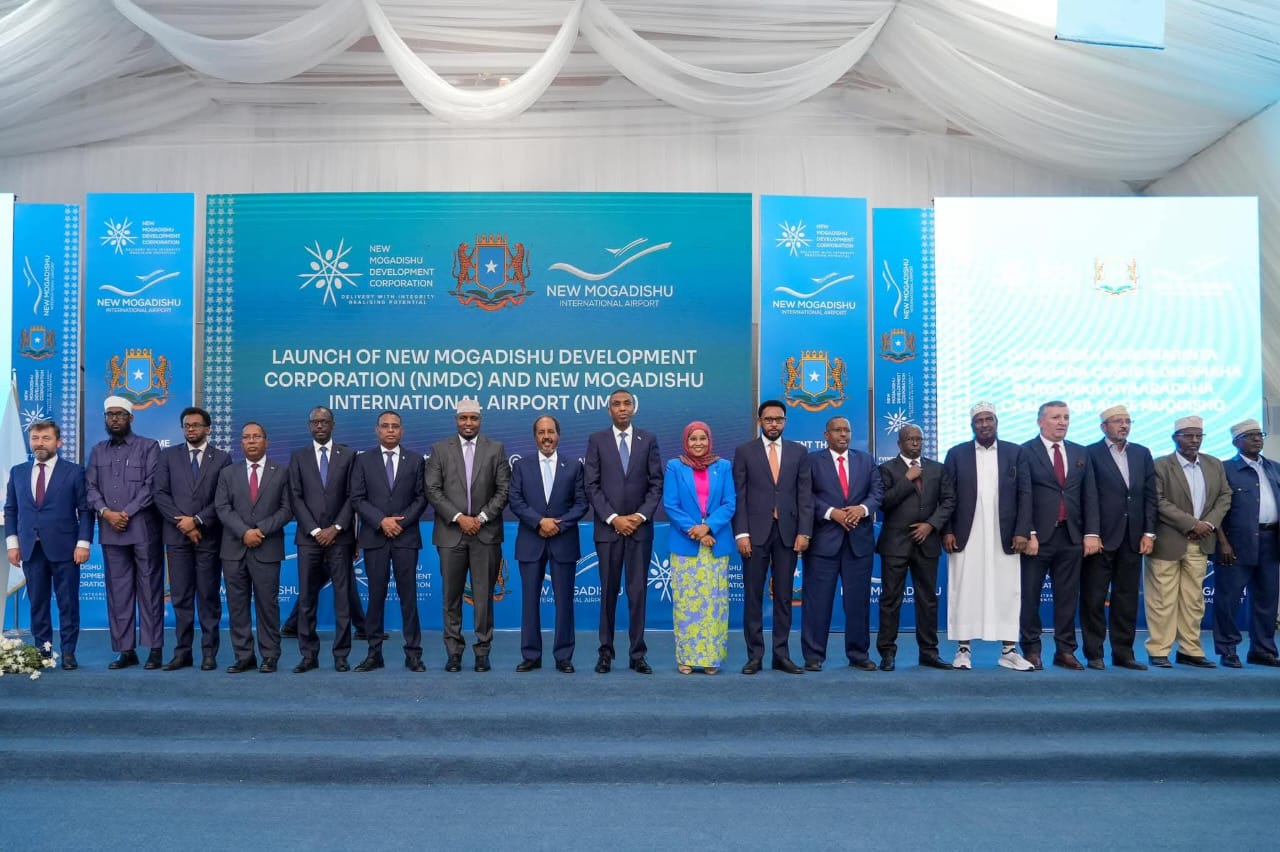
The Aid Paradox
Ironically, the same countries whose media platforms are pushing collapse narratives are also among Somalia’s most committed supporters. The US, UK, and Qatar provide millions in military training, budgetary assistance, and humanitarian aid each year support that has enabled DANAB’s expansion, bolstered health services, and funded infrastructure projects.
To the Somali government, the contradiction is glaring: on the ground, these partners are building capacity; in the media, their outlets often present the fight as already lost. “It’s as if one hand helps us stand, and the other publishes headlines saying we’ve already fallen,” one senior adviser remarked.
“Somalia is in conflict, but also in construction. New runways, new farms, new businesses, these are also frontlines.”- Jamal Farah Jamal
Beyond the Single Narrative
Somalia is not free of violence, but neither is it the hopeless battlefield some would have the world believe. It is a nation where farmers, coders, pilots, and soldiers are each fighting their own battles for a better future and, in many cases, winning.
The challenge now is not only to defeat Al-Shabaab and ISIS militarily, but to convince the world that the country’s story is also one of recovery and resilience. Whether the world’s media will report that full picture remains to be seen.
By Mohamed Hassan

